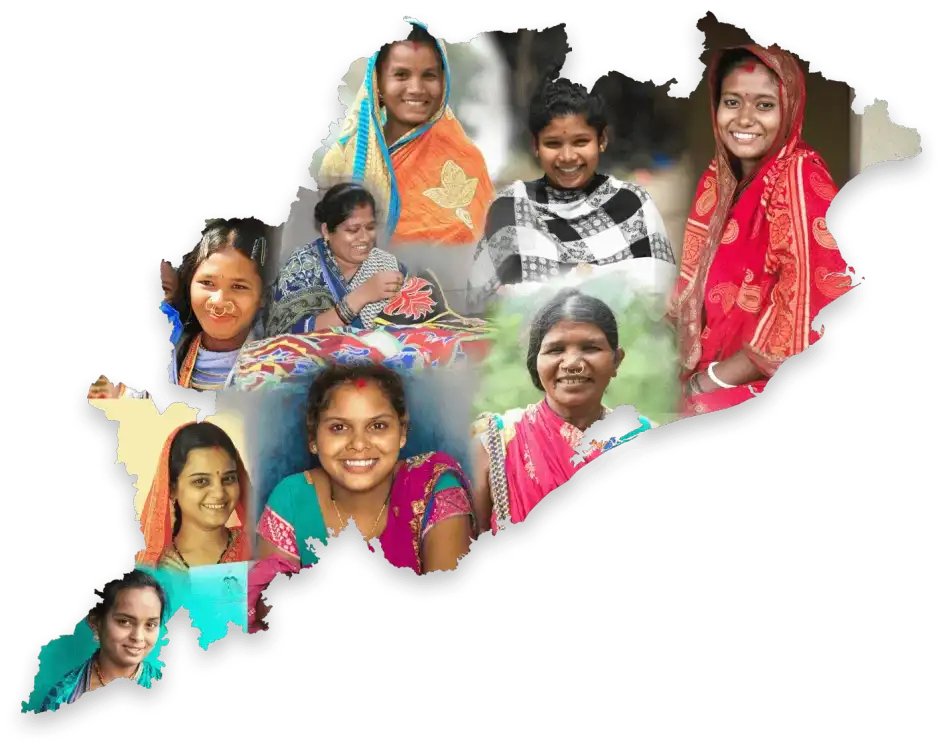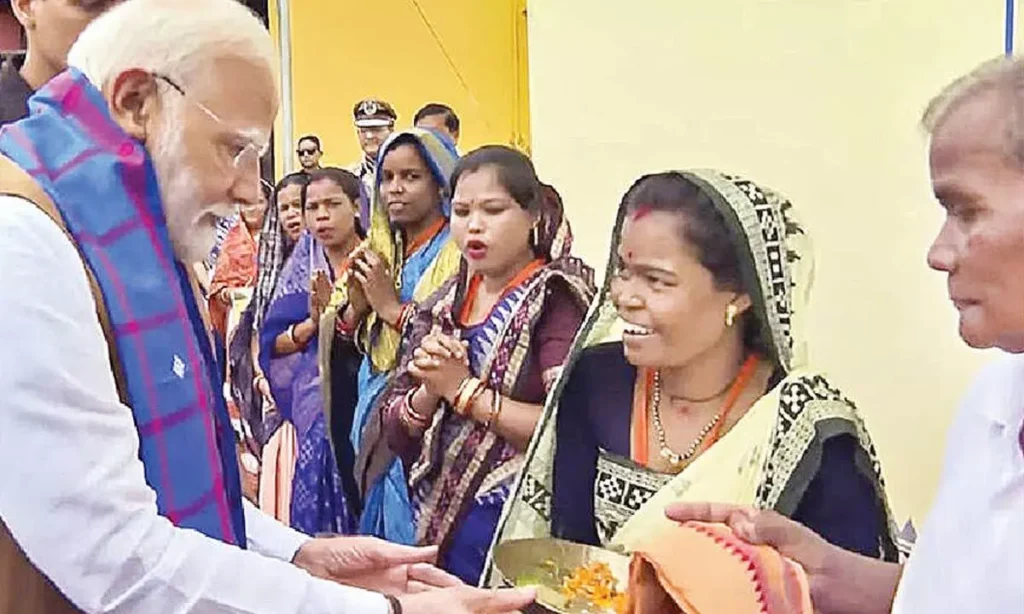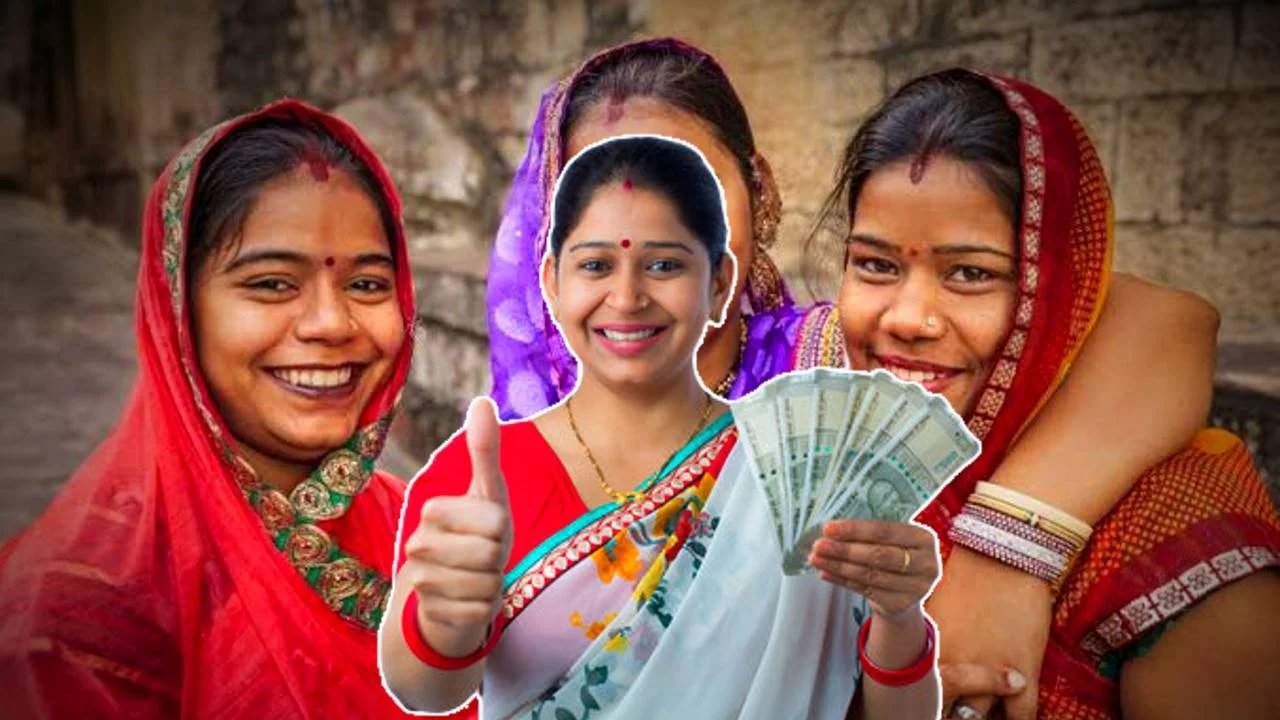Key Highlights
Subhadra Yojana: 58,000 Rejected Beneficiaries to Receive Aid in Landmark Decision
In a landmark decision, the Odisha government has announced that over 58,000 previously rejected beneficiaries under the Subhadra Yojana will now receive financial assistance. This significant move, aimed at addressing discrepancies in the welfare program’s implementation, has been widely welcomed as a step toward inclusivity and equity.
What is Subhadra Yojana?
The Subhadra Yojana is a flagship welfare initiative launched by the Odisha government to provide financial aid to economically weaker sections, particularly focusing on women and marginalized communities. The scheme covers a wide range of beneficiaries, including widows, single mothers, and individuals below the poverty line, aiming to uplift their socio-economic status.
The program offers direct financial transfers to eligible individuals, ensuring transparency and reducing the scope for middlemen. Over the years, Subhadra Yojana has become a lifeline for many families in Odisha, providing essential support for daily needs, healthcare, and education.
The Issue: Rejected Beneficiaries
Despite its noble intentions, the Subhadra Yojana faced criticism due to the rejection of over 58,000 applications during earlier phases of implementation. These rejections were primarily attributed to technical errors, incomplete documentation, and eligibility misjudgments.

Many of the affected individuals expressed frustration, arguing that they were unfairly excluded despite meeting the eligibility criteria. The outcry prompted the government to reevaluate the rejected applications, leading to the recent announcement.
The Announcement: A Step Toward Equity
In an official statement, Odisha’s Department of Women and Child Development confirmed that all previously rejected beneficiaries under the Subhadra Yojana would receive their aid starting today. The government has allocated additional funds to accommodate the inclusion of these beneficiaries, ensuring that no eligible individual is left behind.
Chief Minister Naveen Patnaik, in his statement, emphasized the government’s commitment to social welfare, stating, “We are dedicated to ensuring that every eligible individual receives the support they deserve. The Subhadra Yojana is not just a scheme; it is a promise to uplift the lives of our people.”
Implementation Process: Streamlined for Success
To ensure the smooth disbursement of aid, the government has taken the following steps:
- Digital Verification: The applications of previously rejected beneficiaries were re-evaluated using advanced digital verification methods to minimize errors.
- Simplified Documentation: The documentation requirements were revised to make the process more accessible for rural and underprivileged individuals.
- Direct Benefit Transfer (DBT): Aid will be disbursed directly into beneficiaries’ bank accounts, ensuring transparency and eliminating delays.
Public Reaction: A Wave of Relief
The decision has been met with widespread appreciation from the public, particularly from the affected individuals who had long awaited justice. Many beneficiaries expressed their gratitude for being included in the program after months of uncertainty.
“I am grateful to the government for reconsidering our applications. This aid will help us provide better education for our children,” said a beneficiary from Bhubaneswar.
Social media platforms have also seen an outpouring of support for the government’s decision, with hashtags like #SubhadraYojana and #OdishaWelfare trending as citizens praise the inclusivity of the scheme.
Challenges Ahead: Sustaining the Momentum
While the government’s decision marks a positive step forward, it also presents challenges in ensuring the sustainable implementation of the Subhadra Yojana. Key areas of focus include:
- Monitoring Mechanisms: Establishing robust monitoring systems to track the progress and impact of the scheme.
- Awareness Campaigns: Conducting outreach programs to inform eligible individuals about the scheme and how to apply.
- Grievance Redressal: Strengthening mechanisms to address future grievances and prevent similar issues of exclusion.

Expert Opinions: A Model for Other States
Policy experts have hailed Odisha’s approach to addressing the Subhadra Yojana’s challenges as a potential model for other states. “Revisiting rejected applications and making amends is a rare but commendable move in welfare governance. It sets a precedent for other states to ensure no eligible individual is left behind,” said Dr. Aparajita Sen, a public policy analyst.
Broader Implications: A Win for Welfare Schemes
The inclusion of previously rejected beneficiaries under the Subhadra Yojana is expected to have a ripple effect on Odisha’s overall socio-economic landscape. With more individuals receiving financial aid, the scheme is likely to contribute to improved living standards, increased access to education, and reduced inequality.
Furthermore, the move strengthens the government’s credibility, demonstrating its willingness to address public grievances and improve policy implementation.
A Milestone in Welfare Governance
The decision to include 58,000 previously rejected beneficiaries under the Subhadra Yojana is a testament to the Odisha government’s commitment to equity and social justice. By addressing past shortcomings and prioritizing inclusivity, the government has reinforced its promise to uplift the lives of marginalized communities.
As the aid distribution begins, the focus will shift to ensuring the sustained success of the program and expanding its reach to more individuals in need. The Subhadra Yojana’s journey serves as a powerful reminder of the transformative potential of welfare schemes when implemented with accountability and compassion.
For Latest News Updates Click Here
